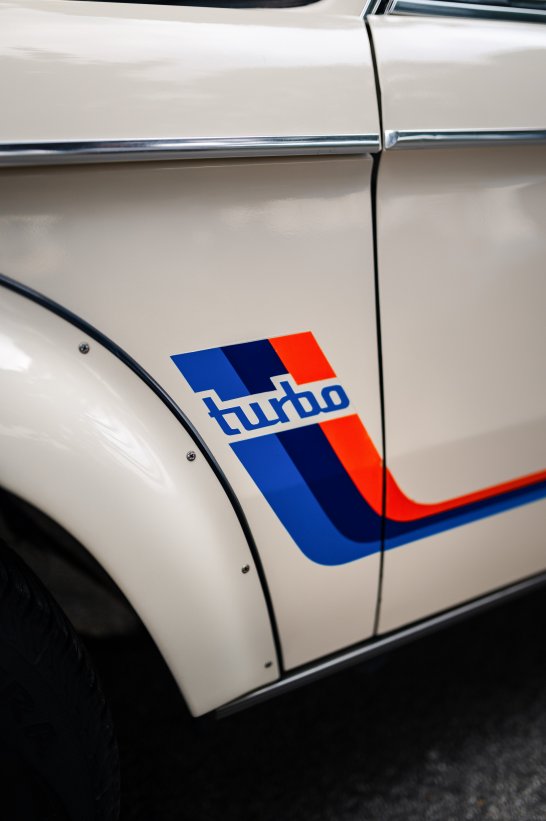It you were a car-crazy school kid in the 1970s or 1980s, Turbo was the buzzword to get your attention. While you had no idea what a turbocharger actually was or how it worked, you certainly knew that only the fastest cars were granted a Turbo logo written in sweeping letters across the doors, bonnet or rear spoiler. The word Turbo was a synonym for speed, additional performance and massive amounts of horsepower unleashed by putting down the pedal – or, if you were allowed to watch Knight Rider on your parents’ cable TV, pressing the Turbo Boost button on the center console. No matter if you were staging car chases with your Majorette cars on the living room floor or simply adoring the airbrushed dream machines on your bedroom walls, you knew the word Turbo meant business.


While other technological innovations like the compressor or the direct injection engine did their jobs under the hood in dutiful silence, it was the turbocharger that was granted a glamorous career in the limelight by the sideburned, chain-smoking marketing executives of the 1970s and 1980s. Having accelerated most genres of motorsports from Le Mans endurance racing to Group B rallying and Formula 1, the turbo technology now promised to boost showroom sales. And manufacturers weren’t shy in making use of the T-word wherever they could: Printed in large letters on the silhouette of a Porsche 911, the bonnet lip of a BMW 2002, or the rear of a wide- bodied Peugeot 205, the Turbo logo was a promise of endless performance, but also a warning to slower drivers to better make way – at least when the engines finally overcame their lengthy turbo lags.

The acronym Turbo was as short as it was catchy. And it just looked good – no matter if the type was set in cartoon-style capital letters like the ones on Paul Bracq’s otherworldly cool BMW Turbo concept or in a handwritten, lowercase font on Porsche’s iconic Turbo logotype made famous on the whale tail of the Porsche 930. Even if not trained in typography, most petrolheads will remember the Lancia HF Turbo logo on red and blue Martini stripes, the Saab Turbo badge with the ‘O’ stylized like a turbofan, the elegantly overlapping outlines on the Lotus Esprit Turbo, the abstract art-déco font of the Peugeot 205 Turbo or the futuristically compressed letters on the Renault R5. In fact, many of the famous turbo cars did not only make technological progress, they also had a lasting impact on the history of graphic design.


In the new Millennium, while the turbocharger replaced the natural aspirated engine, the word Turbo left behind its technological origins, becoming a synonym for performance that was not necessarily linked to any turbine-driven, forced induction devices. Today, while all Porsche 911s are turbocharged, the ‘Turbo’ moniker still signifies the top-of-the-range car. Even the fastest version of the all-electric Porsche Taycan is dubbed as a Turbo, promising that ‘extra bang’ we all have been dreaming about since we were seven years old.
Photo: Andrea Klainguti
















